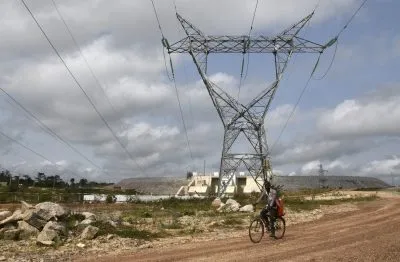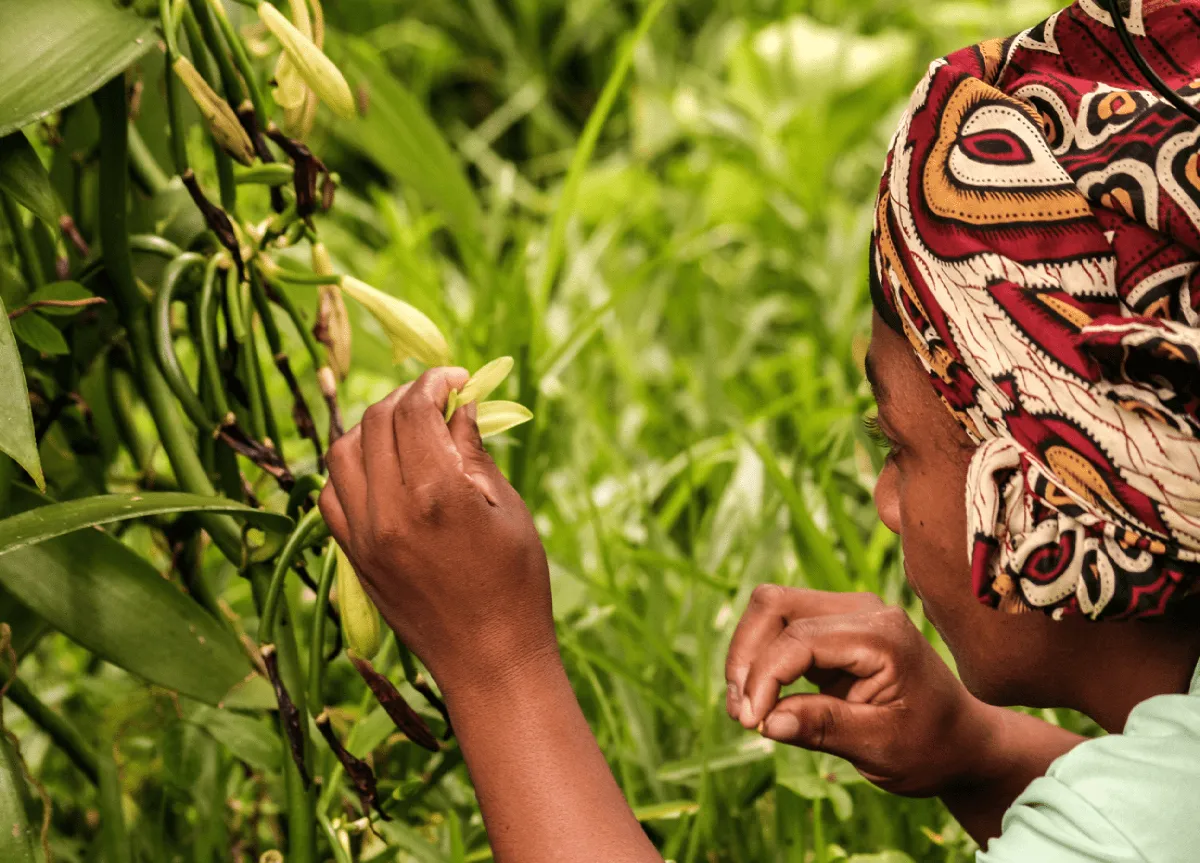Technological advancements in clean energy and the plummeting value of oil are dampening prospects created by the recent fossil fuel discoveries in Kenya.
In 2012, the British firm Tullow Oil in conjunction with Africa Oil Corporation discovered oil in Turkana – some 750km north of Nairobi, the country’s capital. It is estimated that 600m barrels of oil are buried in this region.
Experts contend that going forward, the recent oil and coal finds might not be as lucrative as initially thought.
According to Larmack Oyath, an energy expert working with Lartech Africa, an energy consultancy firm, these fears stem from the fact that the developed world is investing heavily in green energy technologies, to complement their overreliance on fossil fuel, thereby reducing their future demand for these types of fuel.
In addition, the fact that a steady supply of oil onto the global market appears set to persist, thereby keeping the commodity prices down in the near future, does not augur well for the industry.
For one thing, the Organisation of Petroleum Exporting Countries (OPEC) and other players have been unwilling to cut back on production in order to boost prices, for fear of losing their market share.
What’s more, the impending lifting of the four-decade ban on oil exports by the US and the lifting of international sanctions against Iran last month will only ensure sustained low prices.
Future industry projections – at least in the near term – don’t look all that appealing, not least for potential newcomers like Kenya.
“By the time the country begins extracting oil from the ground, its value might not be so high and therefore not that attractive,” observes Oyath.
But this depressing outlook on the future of oil might just be the spark needed to accelerate investments in cleaner sources of energy. Kenya is already pushing ahead with projects on this front.
Since the injection of 280MW of geothermal power into the national grid, this mode of power currently accounts for up to one-third of the national installed capacity, estimated at around 2,150MW.
The geothermal power project (which is the biggest in Africa) comprises the Olkaria IV (140MW) commissioned in October 2014 and Olkaria I additional units 4 and 5 (70MW each) commissioned in February 2015.
And the potential for growth in this sector remains tremendous. According to the global consulting firm McKinsey, Kenya possesses 40% of Africa’s 15,000 MW of proven geothermal potential. The country has tapped into less than 2%.
The Lake Turkana Wind Power (LTWP), which is the largest wind farm project on the continent capable of generating more than 300MW is set for completion at the end of 2016.
These environmentally friendly sources of energy are said to be central to the country’s push to becoming a green economy.
A report released on 23rd November last year in both London and Washington DC, by the Bloomberg New Energy Finance, acknowledges Kenya to be one of the leading countries on the continent, and indeed the world, to invest big in renewable energy.
The Climatescope 2015 report – the clean energy country competitiveness index – places Kenya at position six in the world for large investments in renewable energy. Only South Africa came higher on the continent at number four while Uganda, at position nine, was the other African country to make the top 10 list.
Other ventures
Other notable renewable energy ventures currently under way in the country, albeit on a smaller scale include the generation of between 7-12MW of renewable power from an invasive plant species known as Prosopis juliflora (mesquite wood) at a cost of $32m.
This project is supported by Power Africa, a US government initiative to bring power to more people across Africa.
Farmers in Baringo County in mid-western Kenya have been contracted by Cummins Cogeneration Kenya Limited (CCKL) to supply the plant, thereby creating up to 2,000 jobs. CCKL is a global joint venture between Cummins Power Generation, a subsidiary of Cummins, Inc in the US and the UK-based Gentec Energy Plc, an engineering, procurement and construction contractor. Cummins Cogeneration is a pioneer in biomass-based power generation.
Yash Krishna, the managing director of CCKL, explains that the company’s intention was to set up a biomass based power-generation project using Biomass integrated Gasification Combined Cycle technology (BiGCC).
Biomass gasification is the incomplete combustion of biomass such as wood, agro-residue, forestry residue and municipal solid waste to generate a mixture of gases, heat and biochar.
“We use a completely green, sustainable and zero-discharge technology which has no negative impact on the environment,” he explains.
Also, the first ever on-grid biogas plant in Africa began operations in Kenya in April 2015 at Gorge Farm Energy Park in Naivasha, an hour’s drive from Nairobi.
Capable of generating up to 2.2MW, the biogas plant utilises the most advanced technology known as Anaerobic Digestion (AD), which uses local organic crop waste as feedstock.
Gorge Farm’s AD Plant produces power with two containerised Jenbacher biogas engines, which are renowned for their efficiency, low emissions and a long operating life. The engines convert fuel into power in the form of electricity and heat in a process that can achieve efficiency levels of over 90%, thereby limiting emissions.
The 2015 statistics provided by the Kenya Electricity Generating Company (KenGen) show that geothermal makes the highest contribution to the electricity generation mix at 49%. This is followed by hydro at 44%, whereas wind and cogeneration account for 0.7 and 0.5% respectively.
According to the Least Cost Power Development Plan for Kenya, the potential for generating electricity from biogas ranges between 29 and 131MW, accounting for about 3.2 to 16.4% of the total electricity production.
Solar too is an area set for growth in the near future. With its strategic location on the equator, Kenya is exposed to a lot of sun.
The country receives more than 6kW/m2 of radiation daily, according to the Energy Regulation Commission (ERC).
“Solar water heating (SWH) in Kenya is projected to grow to more than 800,000 solar water heating units by 2020,” explains James Gachanja, an infrastructure policy analyst at the Kenya Institute for Public Policy Research Analysis (KIPPRA) – a think-tank that advises the government on policy on a range of issues, including energy.
The SWH growth is equivalent to 300,000 tonnes of oil equivalent (TOE), representing a 20% growth rate, according to Gachanja.
At another level, Kenya is flirting with the idea of setting up the first nuclear energy reactor in East Africa by 2025. It proposes to have four nuclear plants by 2031, each with an installed capacity of 1,000MW, which will provide power for the next 60 years.
Geoffrey Kamadi
Want to continue reading? Subscribe today.
You've read all your free articles for this month! Subscribe now to enjoy full access to our content.
Digital Monthly
£8.00 / month
Receive full unlimited access to our articles, opinions, podcasts and more.
Digital Yearly
£70.00 / year
Our best value offer - save £26 and gain access to all of our digital content for an entire year!
 Sign in with Google
Sign in with Google 



